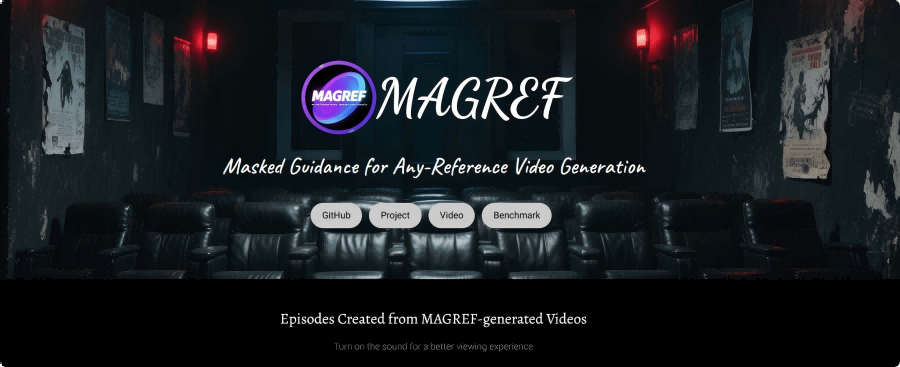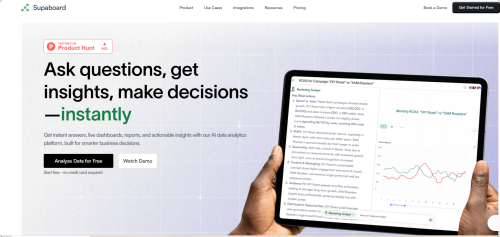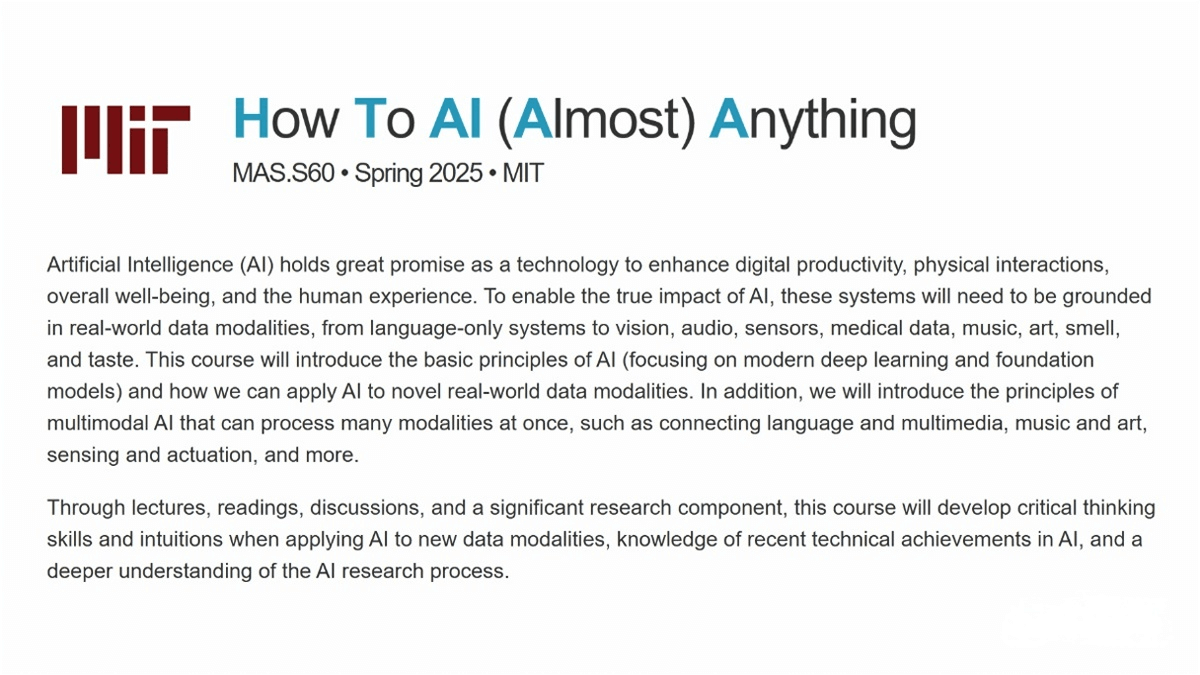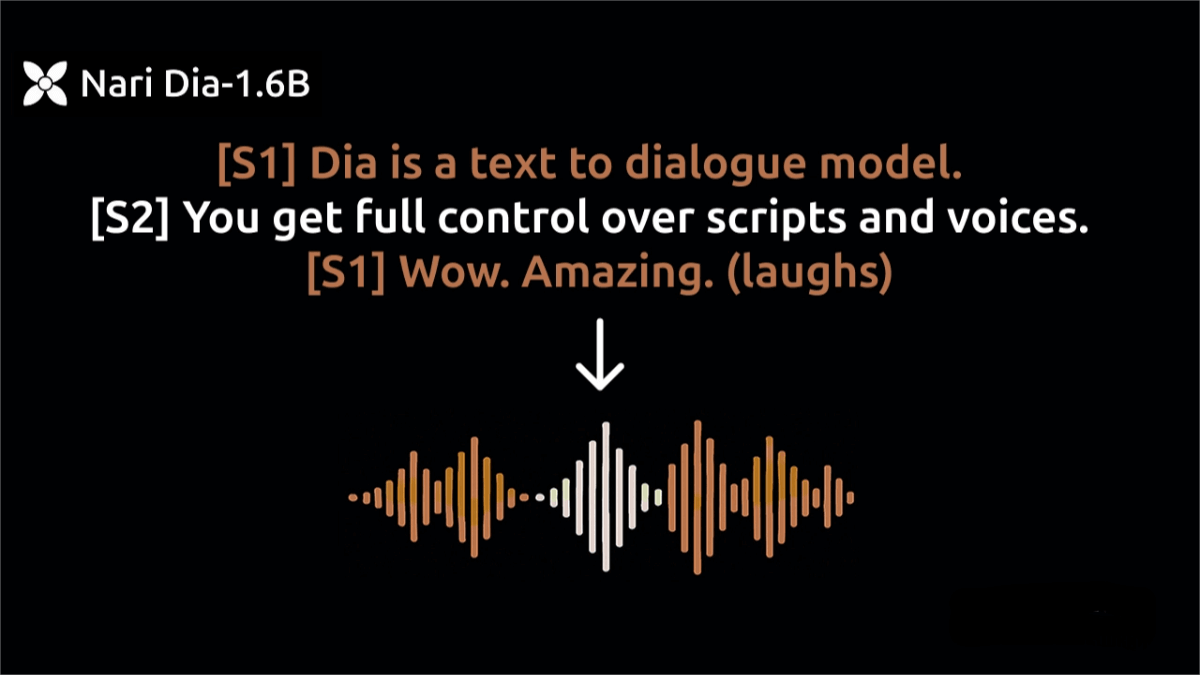MAGREF – A Multi-Subject Video Generation Framework Launched by ByteDance
What is MAGREF?
MAGREF (Masked Guidance for Any‑Reference Video Generation) is a multi-subject video generation framework developed by ByteDance. With just a single reference image and a text prompt, MAGREF can generate high-quality, identity-consistent videos that support single-person, multi-person, and complex interaction scenarios involving people, objects, and backgrounds. Leveraging region-aware dynamic masking and pixel-level channel concatenation mechanisms, MAGREF precisely replicates identity features while ensuring coordination and consistency between characters, objects, and backgrounds in the video. It is well-suited for content creation, advertising, and other professional applications, showcasing strong generative capabilities and controllability.

Key Features of MAGREF
-
Multi-Subject Video Generation: Supports single-person scenes, multi-person interactions, and complex compositions involving people and objects or intricate backgrounds. It maintains strong identity consistency—no facial confusion, even with multiple subjects in the same frame.
-
High Consistency and Controllability: Generates identity-stable, naturally moving, and contextually coordinated videos from a single reference image and textual prompt. Offers precise control over character actions, facial expressions, environments, and lighting effects.
-
Complex Scene Handling: Enables interactions between people and objects (e.g., people interacting with pets or manipulating tools) and placement of characters in complex environments (e.g., urban streets, natural landscapes), producing semantically clear and stylistically coherent videos.
-
Efficiency and Versatility: Requires no task-specific model design. Built with minimal architectural changes and a unified training process, it adapts to a wide range of reference configurations.
Technical Highlights of MAGREF
-
Region-Aware Dynamic Masking Mechanism: Constructs a blank canvas in the generation space and randomly arranges the input reference images (such as faces, objects, backgrounds) on it. A spatial region mask is generated for each reference image, indicating its semantic position on the canvas. The model learns “who controls which part of the scene” based on these masks. This ensures consistent structure, avoids identity confusion, and preserves clear relationships—even when the number or order of reference images varies.
-
Pixel-Level Channel Concatenation Mechanism: Aligns and concatenates all reference images at the feature level, pixel by pixel. This avoids image blurring or semantic interference commonly caused by traditional token concatenation, thereby enhancing visual coherence and accurately restoring details like posture, clothing, and background.
-
Three-Stage Data Processing Pipeline:
-
Segment Filtering and Subtitle Generation: Semantic segments are extracted from raw videos, low-quality samples are filtered, and structured text is generated for each segment.
-
Subject Extraction and Mask Annotation: Key objects in videos (e.g., animals, clothing, props) are identified via label extraction and semantic segmentation, followed by post-processing to produce precise masks.
-
Face Recognition and Identity Modeling: Faces are detected, identities are assigned, and high-quality face images are selected to serve as reference inputs, ensuring consistent identity modeling during training.
-
-
Unified Model Based on DiT Architecture: Built on the Diffusion Transformer (DiT) architecture, MAGREF integrates masking guidance and channel concatenation mechanisms. This unified model design enables support for various complex video generation tasks without needing task-specific architectures, striking a balance between strong generalization and high controllability.
Project Links
-
Official Website: https://magref-video.github.io/magref.github.io/
-
GitHub Repository: https://github.com/MAGREF-Video/MAGREF
Application Scenarios of MAGREF
-
Content Creation & Entertainment: Ideal for personal short videos, creative video production, virtual character generation, movie effects, and game development—stimulating creativity while reducing production costs.
-
Education: Facilitates history reenactments, scientific demonstrations, and language learning videos, helping students understand concepts visually and enhancing teaching outcomes.
-
Advertising & Marketing: Quickly generates high-quality advertising videos, branded content, and live-commerce material, boosting engagement and visual appeal.
-
Virtual & Augmented Reality: Enhances the realism of VR content and seamlessly integrates virtual elements into real-world scenes for better immersive experiences.
-
Social Media & Enterprise Applications: Generates personalized, interactive, promotional, or training videos, meeting the needs of both individual users and businesses.
Related Posts




